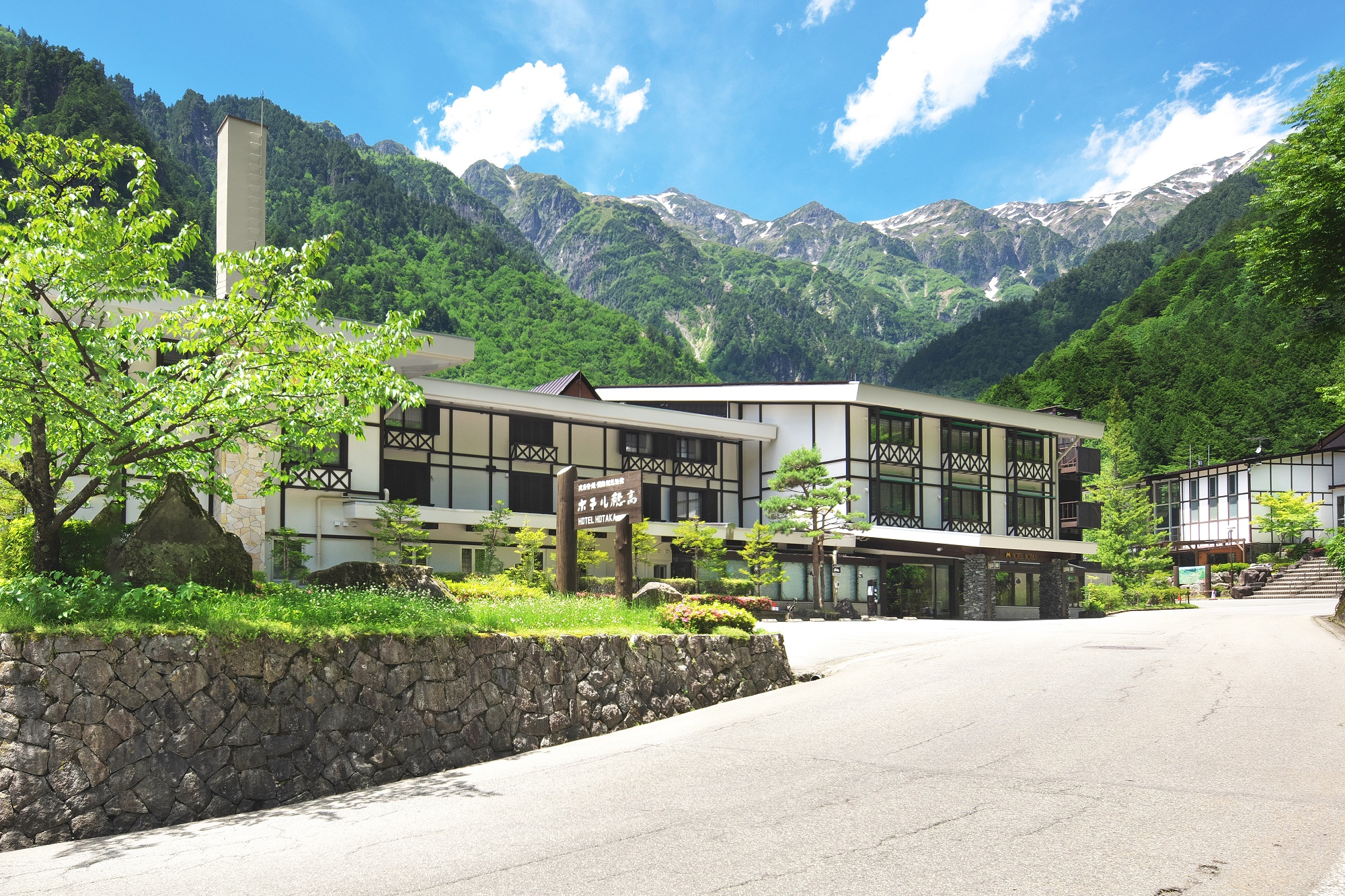Hida Takayama / 飛騨高山 (Gifu)
About Hida Takayama
"Furui Machinami" [Takayama Historical District], at the central area of Takayama City is known for well-preserved castle town and merchant town, with restaurants and souvenir stores which are converted from machiya [traditional Japanese houses dating back to the Edo Era].
Hida Takayama has been awarded "Three-star" as a must-see tourist destination in the "Michelin Voyage Pratique Japon".

The secret techniques of local artisans of Hida adds charm to Sanmachi Street. Drinking water flowing beneath the traditional wooden low facades, sake breweries hanging the "saka-bayashi" [fir leaves and tips shaped into a ball] at the doors, and the streets lined with doors of the traditional wooden townhouses and "noren" [curtains of long-established stores]. Chidori [checked] lattice, a traditional technique unique to Takayama, is made by cutting multiple grooves evenly into a single square-shaped piece of wood to form the latticework, then putting the pieces together like a puzzle.
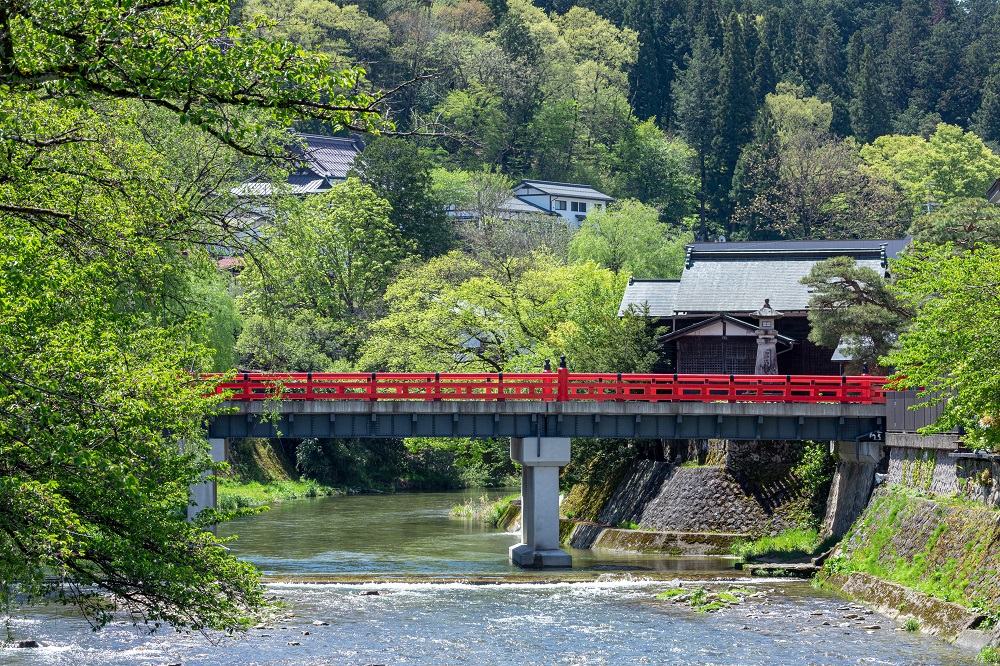
Takayama City has been the central city of Hida region traditionally, and has merged with nine neighboring towns and villages as part of a large-scale municipal restructuring in 2005. The city of Takayama became almost equal to the entire Tokyo Metropolitan in area, and is now the largest city in Japan, with area of 2177.61K㎡.
After the merger, Takayama City crosses the Gifu Prefecture from east to west, bordering Nagano and Toyama Prefectures to the east and Ishikawa and Fukui Prefectures to the west, stretching approximately 81 Km from east to west and 55 Km from north to south. The Hida Mountains rise to the east of the city and the Ryohaku Mountains to the west, the central city is surrounded by steep mountains, located in the Takayama Basin.
Designated as an International Conference and Tourist City, Takayama is a popular tourist destination with traditional townscape, numerous ski resorts and onsen (hot springs), so that numbers of tourists from the Nagoya metropolitan and Osaka metropolitan areas, and more recently the Tokyo metropolitan area and abroad increases every year.
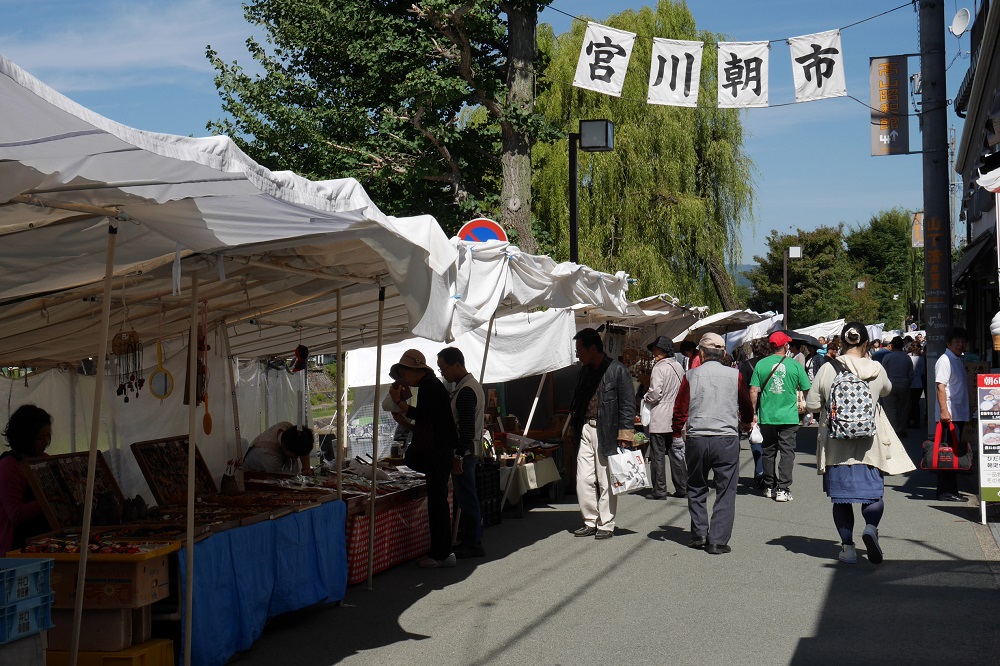
The harvest of Takayama City is mostly consisted of highland vegetables, such as Hida tomatoes and spinach, which take advantage of the cool climate prevalent in the region. The area is also famous for the specialty vegetables, such as Yususso pumpkins, Akishima sage, Hida single thick leeks, and Hida red turnips. The fresh vegetables grown with great care of the locals are sold by the locals at the Miyagawa Morning Market. Thick and crooked cucumbers, lively leaves, taut daikon radishes and carrots with mud still clinging, bright red turnips, apples, tomatoes, etc., are on display for sale, and it is impressive to see vegetables in their natural state, which is something unlikely to be seen at the supermarkets in the urban area.
Getting there and around
by Highway Bus
From Nagoya Meitetsu Bus Center: Approximately 2 hours and 35 minutes.
From Shinjuku Bus Terminal: Approximately 5 hours and 45 minutes
From Osaka Station: Approximately 5 hours and 20 minutes
by Train
From JR Nagoya Station: Approx. 2 hours and 30 min. from JR Takayama Station by "HIDA" Limited Express
Recommendations
Okuhida-Onsengo / 奥飛騨温泉郷
Okuhida-Onsengo is onsen [hot springs] resort with one of the largest numbers of onsen [hot springs] in Japan, consisting of five onsen [hot spring] resorts of Hirayu, Fukuchi, Shin-Hirayu, Tochio, and Shin-Hotaka. Hirayu Onsen has the longest history of these onsen [hot springs] resorts. According to a legend, when the warlord Takeda Shingen invaded Hida, and saw an old monkey healing the wounds in a pool of hot spring water and this was how the famous Hirayu Onsen was discovered. To this day, the warm waters have continued to flow in the baths of the Hirayu Onsen area.
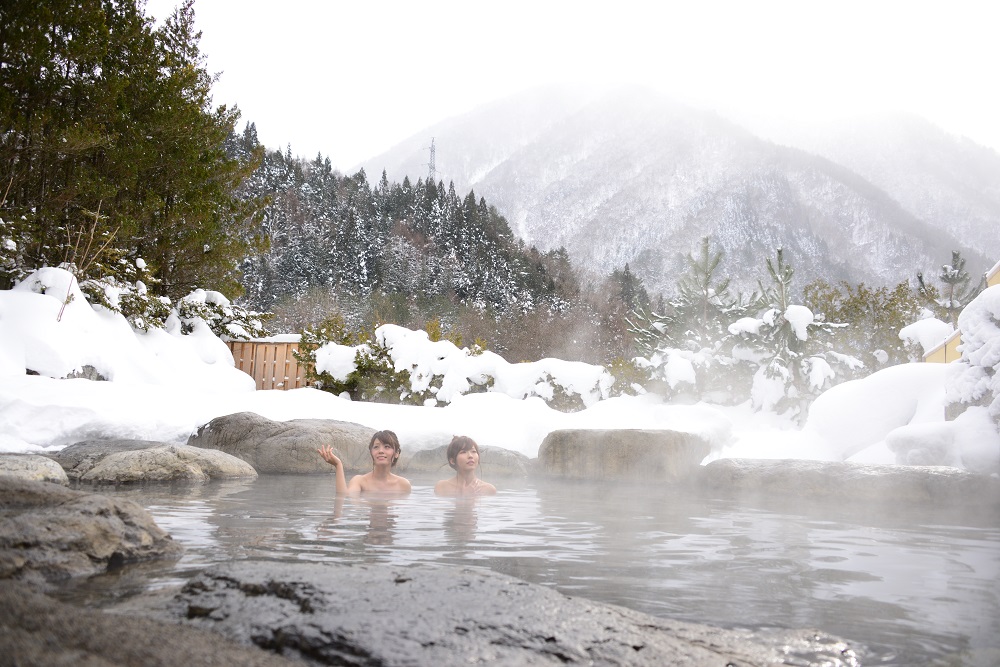
Takayama Historical District
An attractive area with a historical townscape. The old streets, which are the "Nationally Recognized Important Historical Building Preservation Area", where traditional "machiya" [traditional Japanese townhouses] line the streets and retain the mood of an old town from 400 years ago. Many machiya [traditional Japanese townhouses] has been remodeled into cafes, restaurants and shops to enjoy shopping, tasting local food and even authentic Japanese sake while strolling.
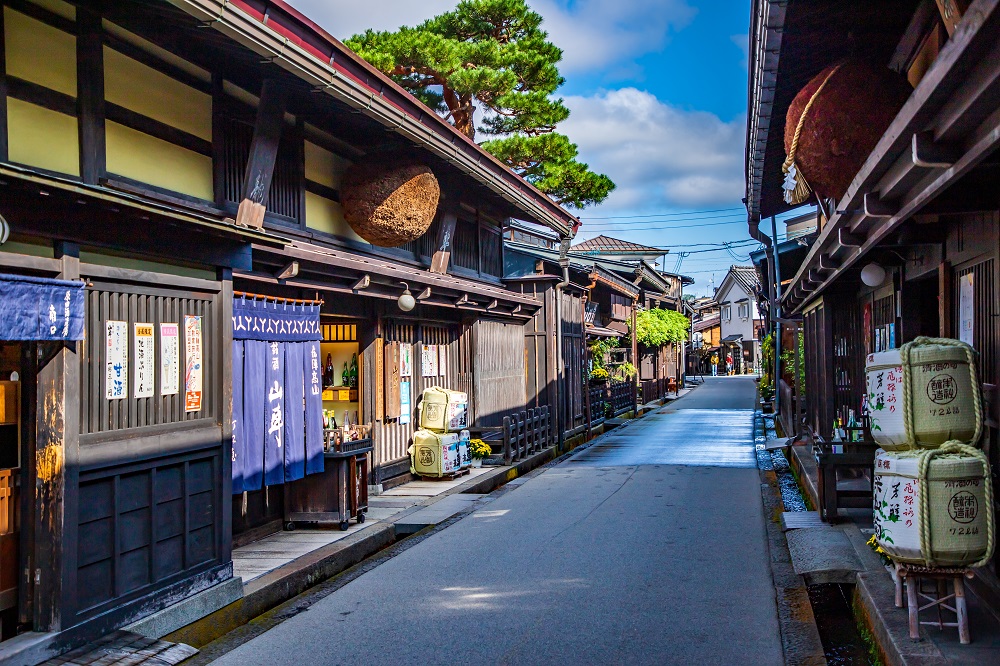
Takayama Festival / 高山祭
Takayama Festival is the collective name for the "Spring Takayama Festival" (Sanno Matsuri) at Hie Shrine held on April 14-15 annually, and for the "Autumn Takayama Festival" (Hachiman Matsuri) at Sakurayama Hachiman Shrine held on October 9-10 annually.
The Takayama Festival ranks as one of the “Nihon Sandai Hikiyama Matsuri” [“the three great float festivals”] and of three most beautiful festivals of Japan, along with the Gion Festival in Kyoto City and the Chichibu Night Festival in Chichibu City, Saitama Prefecture. Floats called "Yatai" are pulled through the streets of the city. Takayama Festival is designated as both an "Important Tangible Folk Cultural Property" and an "Important Intangible Folk Cultural Property".

Shinhotaka Ropeway / 新穂高ロープウェイ
Take a ride on the ropeway with the only double decker gondola cars in Japan renewed in July 2020! This gondola will take you 2,200 meters above the sea level, to the ocean of clouds, where a 360-degree panoramic view of the magnificent scenery of the Northern Japan Alps is enjoyed. The view from this point has been given 2 stars in the "Michelin Green Guide Japan".
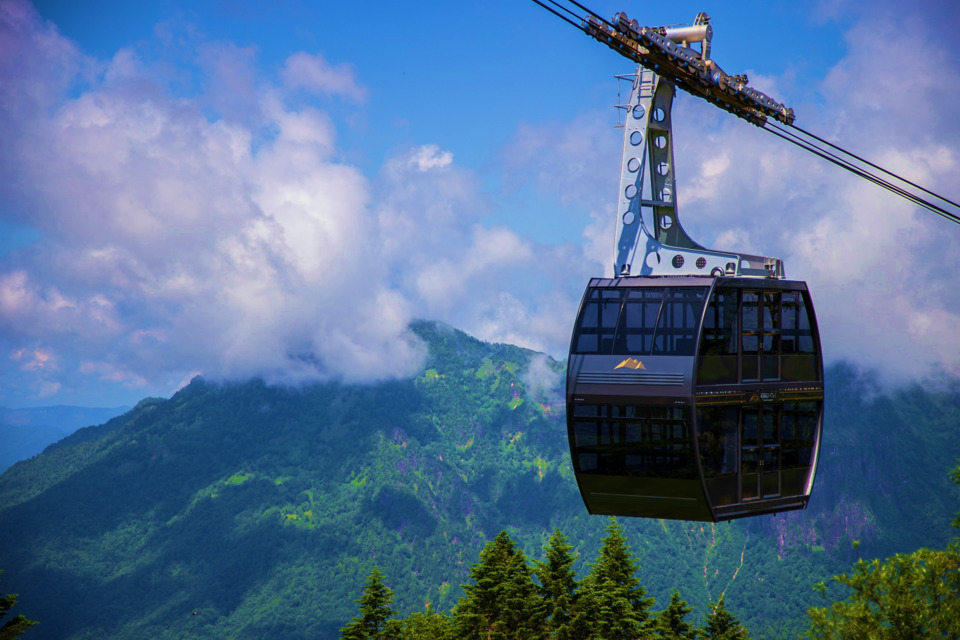
Hyouka (Anime) / 氷菓(アニメ)
Popular novel of Yonezawa Honobu "Hyouka", published in 2001, a mystery set in high school of Hida Takayama, and has been adapted into an anime and movie. Fans from all over the world have visited the school and other locations featured in the stories.

Information
https://en.hida-regionalguide.com/
Unique Local Experiences
"Sarubobo" [baby monkey in Hida dialect], is a cute little doll with a bright red face wearing “haraate” [black bibs] and “chanchanko” [Japanese kimono vest]. The red face resembles a baby monkey, where the name “Sarubobo” derives from. A long time ago, the mothers in the Hida region made "Sarubobo" to wish for good matchmaking, safe delivery, and happy marriages for their daughters, and for their own children to grow up healthy and happy. Making your own "Sarubobo" dolls may be a good idea for the memory of trip to Takayama.
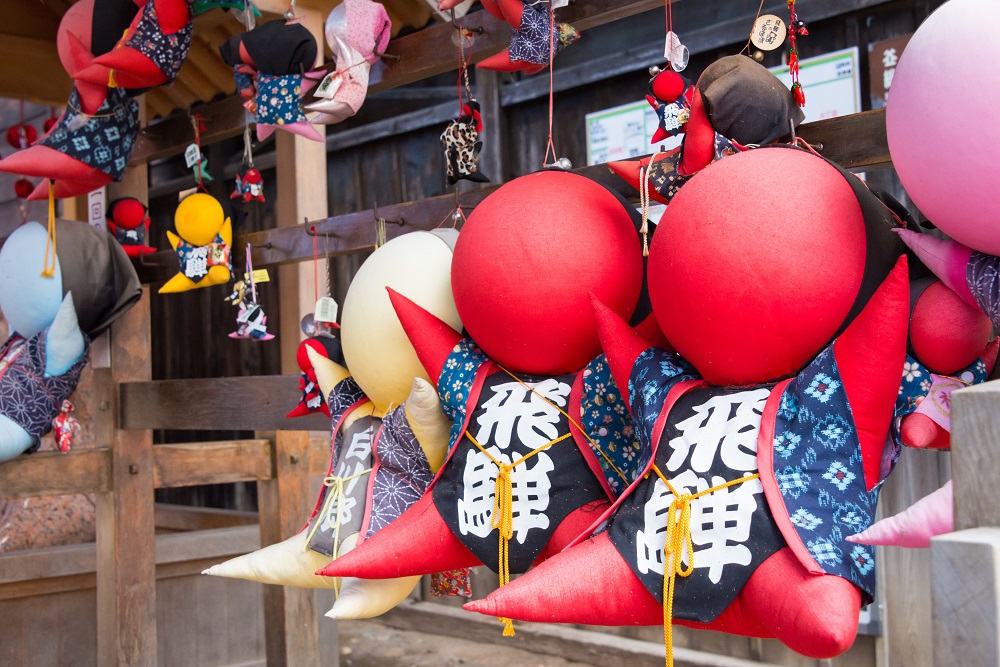
Travel Recommendations
Strolling through the historical district during the day is lively and enjoyable but strolling at night is also recommended to avoid the crowds.
Because stores close early in the evening, the streets will be quieter, and when the sun sets down and warm lights are turned on, the town takes on a magical atmosphere. The peacefully quiet and beautiful scenery will fulfill your heart.
Also remember to taste the delectable food of Hida to satisfy your appetite!
Accommodations
Hotel Hotaka / ホテル穂高(Gifu)
Shinhotaka Onsen, Okuhida Onsengou,Takayama City,Gifu
Nestled amid 3,000-meter-high mountain and lush nature, Hotel Hotaka is located right next to the Shinhotaka onsen station of the Shin-Hotaka Ropeway, a popular tourist attraction of the Northern Japan Alps in the heart of Japan. At Hotel Hotaka, ind....
Special Tours
Premium Arranged Tours in Central Japan [From Mid-April to November]
Visit two world heritage sites Regular tour bus "Gokayama Ainokura and Shirakawa-go"
Shirakawa-go & Takayama One Day Bus Tour with English Speaking Staff Departing from Nagoya
Premium Arranged Tours in Central Japan [From November 16 to Mid-April]

